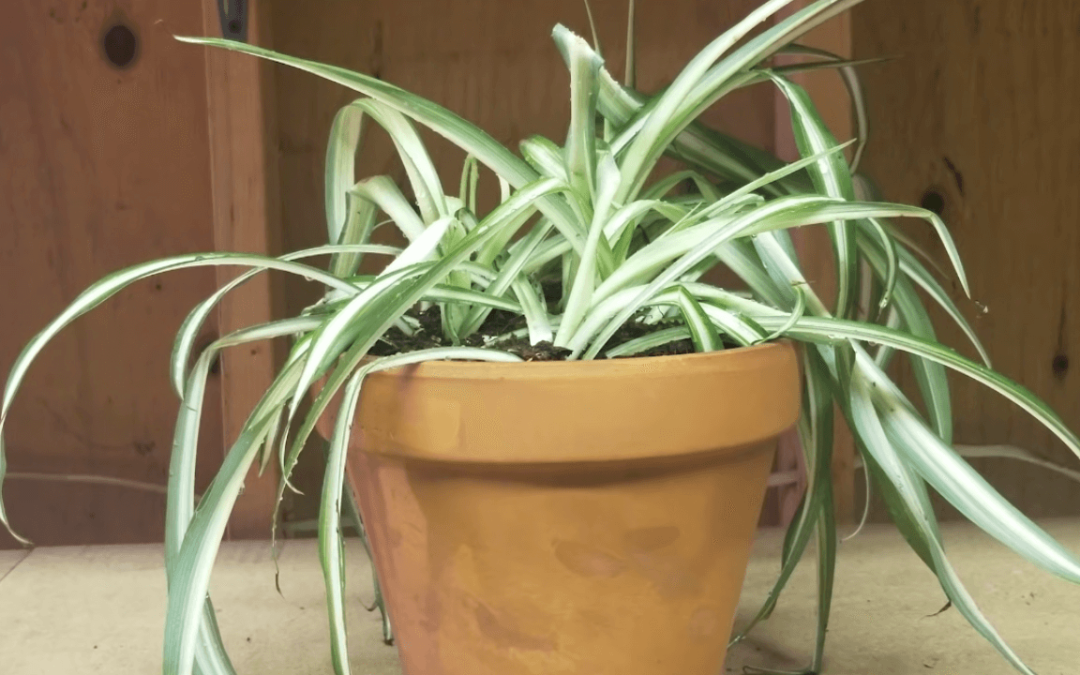Indoor air pollution is a growing concern, especially in densely populated urban areas with tightly sealed buildings. Poor indoor air quality can lead to health issues like headaches and respiratory problems. As arborists, we value simple and affordable solutions to address this problem, like air-purifying plants.
One standout plant is the spider plant, requiring minimal care and excelling at air purification. In this blog post, we explore its benefits, care tips, and creative ways to incorporate it into your decor. By the end, you’ll confidently introduce spider plants, enhancing air quality in your home or office.
We, as arborists, believe in utilizing plants’ natural abilities to improve living environments. Spider plants offer a simple yet impactful solution for indoor air pollution. Their lush foliage adds beauty and serves as a natural air purifier. By spreading awareness about these benefits, we contribute to urban well-being.
Benefits of Spider Plants as Air-Purifiers
Spider plants are remarkable air purifiers, efficiently removing harmful toxins like formaldehyde, xylene, and benzene found in household products. They also eliminate indoor pollutants like carbon monoxide and nitrogen dioxide, reducing health issues and discomforts such as headaches and respiratory problems. For individuals with respiratory conditions like asthma, they can enhance respiratory health. As arborists, we recognize the significance of incorporating this plant into indoor spaces for better air quality. Their low maintenance and affordability make them accessible to all, promoting a healthier living environment. By raising awareness about their air-purifying benefits, we aim to prioritize our well-being and appreciate the value of nature in our daily lives.
How Spider Plants Purify the Air
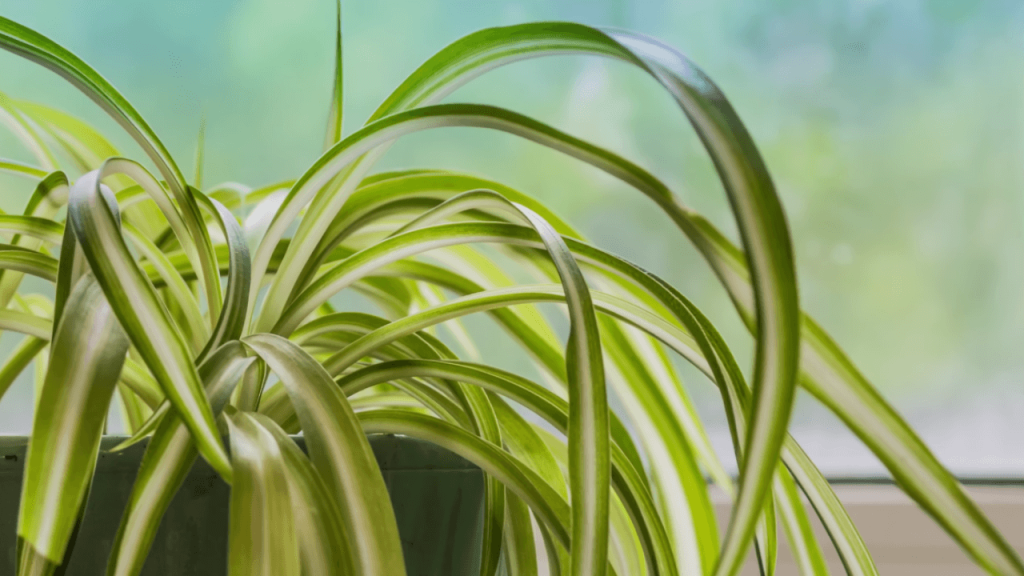
Spider plants possess remarkable air-purifying capabilities, absorbing pollutants through their leaves and roots. The large leaves have microscopic openings called stomata that absorb pollutants like formaldehyde, xylene, and benzene from the air, converting them into harmless compounds. The long roots effectively absorb pollutants from the soil, converting carbon monoxide and nitrogen dioxide into nutrients. Additionally, spider plants release oxygen through photosynthesis, improving indoor air quality and promoting better respiratory health for occupants.
These plants offer a natural and effective solution for purifying indoor air in homes and offices. As arborists, we value plants for their essential ecosystem services, including air purification. Embracing spider plants aligns with our commitment to fostering healthy relationships between humans and nature and prioritizing overall wellness.
Care and Maintenance
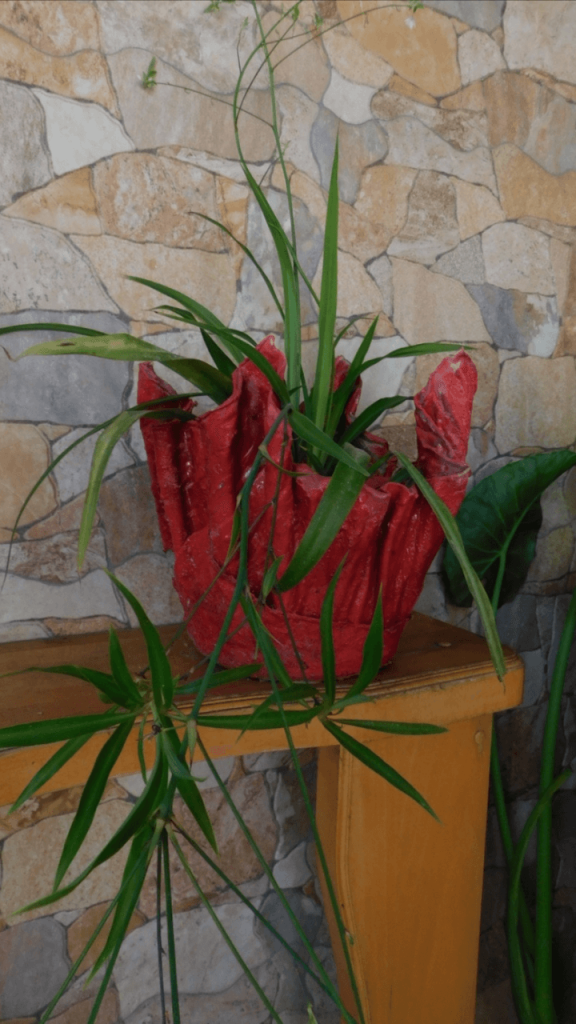
Spider plants, favored for their low-maintenance nature, are excellent indoor plants. Here are valuable tips for their health:
- Watering: Allow the top inch of soil to dry before watering. Avoid overwatering to prevent root rot.
- Light: Bright, indirect light is ideal, but they can tolerate low light.
- Soil: Use well-draining soil with perlite or sand for optimal growth.
- Temperature: Maintain temperatures between 60-80°F (15-27°C) to ensure their well-being.
- Fertilizer: Apply balanced, water-soluble fertilizer once a month during the growing season.
Watch for spider mites or mealybugs and address pests promptly. By following these guidelines, your spider plant will thrive, contributing to improved indoor air quality and well-being.
Decorating with Spider Plants
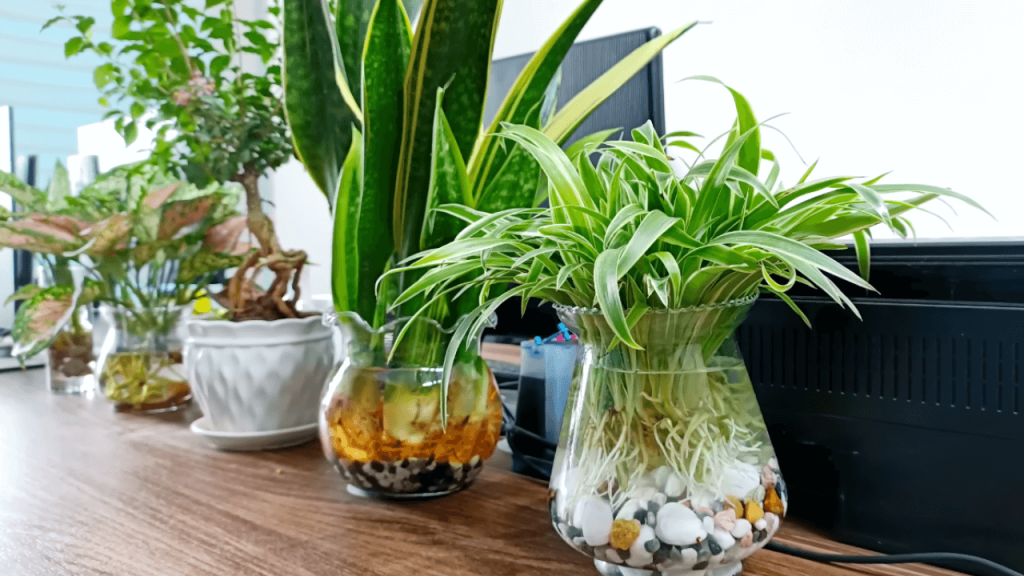
Spider plants, cherished for their air-purifying abilities, also offer captivating aesthetics that enhance any room. Here are some ideas for decorating with spider plants:
- Hanging baskets: Showcase their gracefully arching leaves in hanging baskets suspended from the ceiling or plant stands.
- Tabletops: Grow spider plants in smaller pots as delightful additions to tabletops or shelves, adding an elegant touch.
- Terrariums: Place spider plants in enclosed terrariums to create self-sustaining miniature ecosystems and bring a natural element to any room.
- Grouping: Combine spider plants with other varieties to establish lush and verdant displays, evoking a serene and natural ambiance.
- DIY projects: Incorporate spider plants into DIY projects, such as hanging planters or macramé hangers, infusing your space with vibrant greenery and artistic expression.
Versatile and easily adaptable, spider plants offer limitless possibilities for home decor. As arborists, we recognize their inherent beauty and value, creating a tranquil and nature-connected environment in our living spaces.
Types of Spider Plants
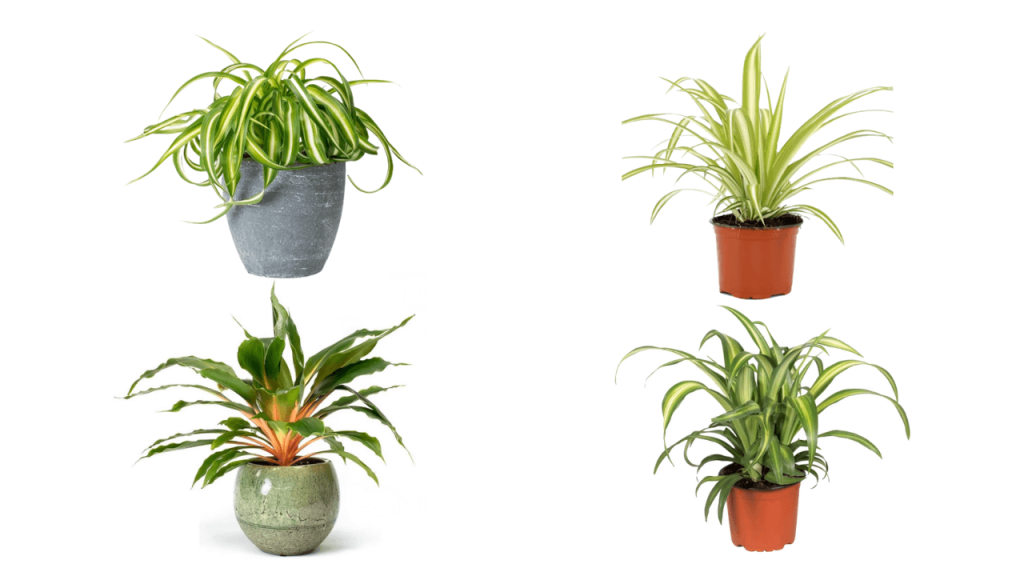
There are various captivating types of spider plants, each with its distinctive characteristics. Here are some common types:
- Chlorophytum comosum: The renowned variegated spider plant with gracefully arching green and white striped leaves.
- Chlorophytum comosum ‘Vittatum’: This variety has narrower leaves with a cream-colored stripe down the center.
- Chlorophytum comosum ‘Bonnie’: A compact variation known for producing abundant baby spider plants.
- Chlorophytum comosum ‘Hawaiian’: This type features broad leaves with a vibrant yellow-green stripe.
- Chlorophytum orchidastrum: With thicker leaves and a bronze-colored stripe, it has a distinctive allure.
- Chlorophytum saundersiae: Distinguished by its wider leaves and a cream-colored stripe.
Each spider plant variation offers a unique aesthetic, allowing you to select the one that suits your style. Regardless of the type, spider plants are renowned for their air-purifying qualities, making them an excellent choice to enhance indoor air quality. Incorporate these remarkable plants into your indoor environment to enjoy their beauty and the positive impact on your well-being.
Conclusion
These verdant companions are not only a balm for the eyes but also serve as vital purifiers for our indoor air. Embracing the this plant means taking a proactive step towards mitigating the pervasive issue of indoor air pollution, especially crucial in urban areas where space is at a premium and buildings are tightly sealed. Their ability to filter out harmful toxins such as formaldehyde, xylene, and benzene, while also addressing more insidious pollutants like carbon monoxide and nitrogen dioxide, positions them as silent guardians of our health.
The care and maintenance of spider plants are as straightforward as their aesthetic appeal is diverse. They demand little yet give back much in terms of air quality and visual pleasure. By integrating these plants into our homes and offices, not only do we enhance our living spaces but we also invest in our health. The varied types of spider plants offer a spectrum of choices for personalization, ensuring that there’s a perfect plant for every preference and decor style.
Ultimately, choosing to incorporate of this plant into our indoor environments is a testament to our recognition of the power of nature. It’s a commitment to improving our quality of life in a simple, sustainable way. So as we bring these plants into our personal and shared spaces, we do more than decorate — we contribute to a legacy of wellness, affirming the belief that every small, green addition to our lives makes a substantial impact on our well-being.

